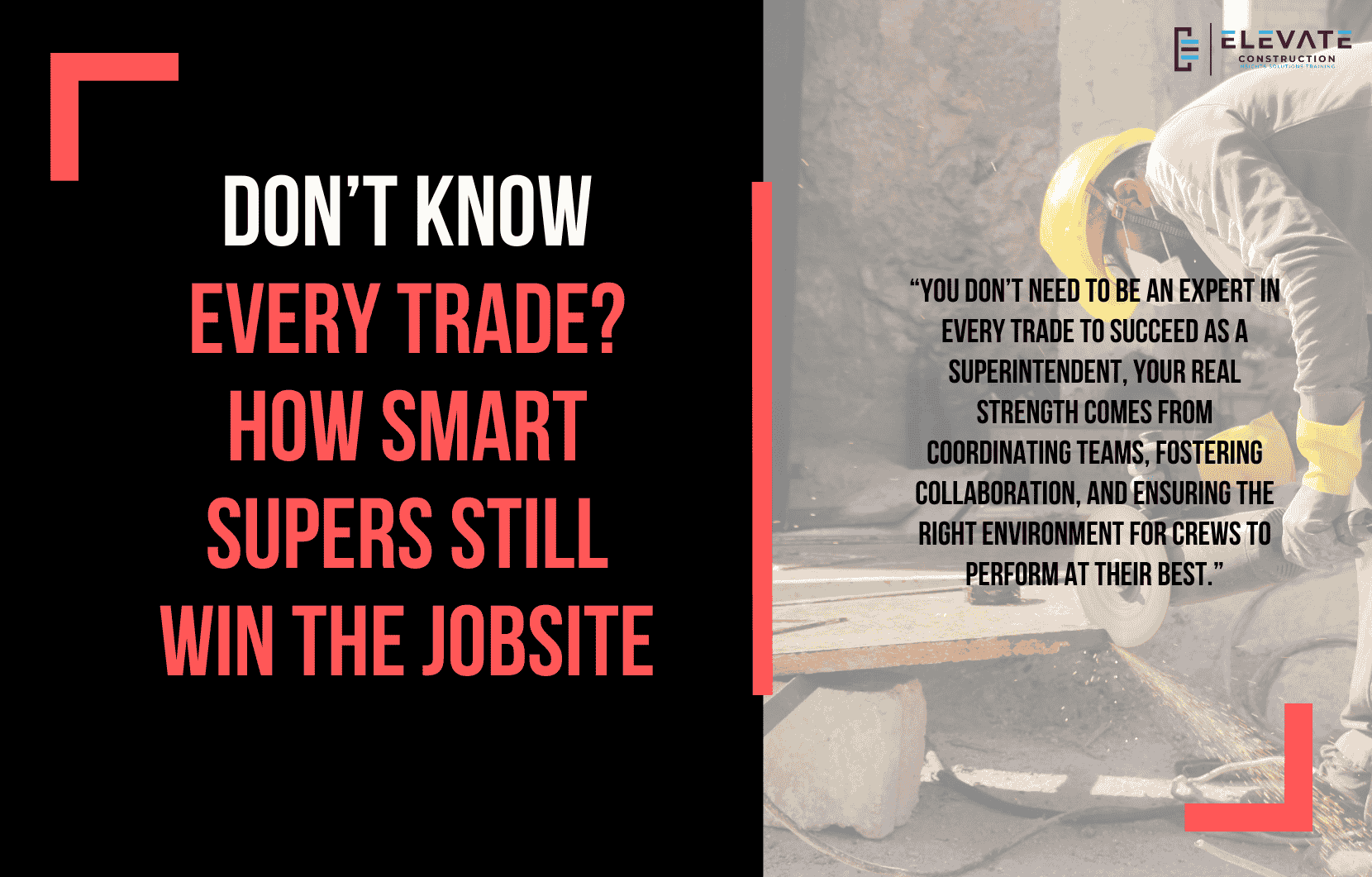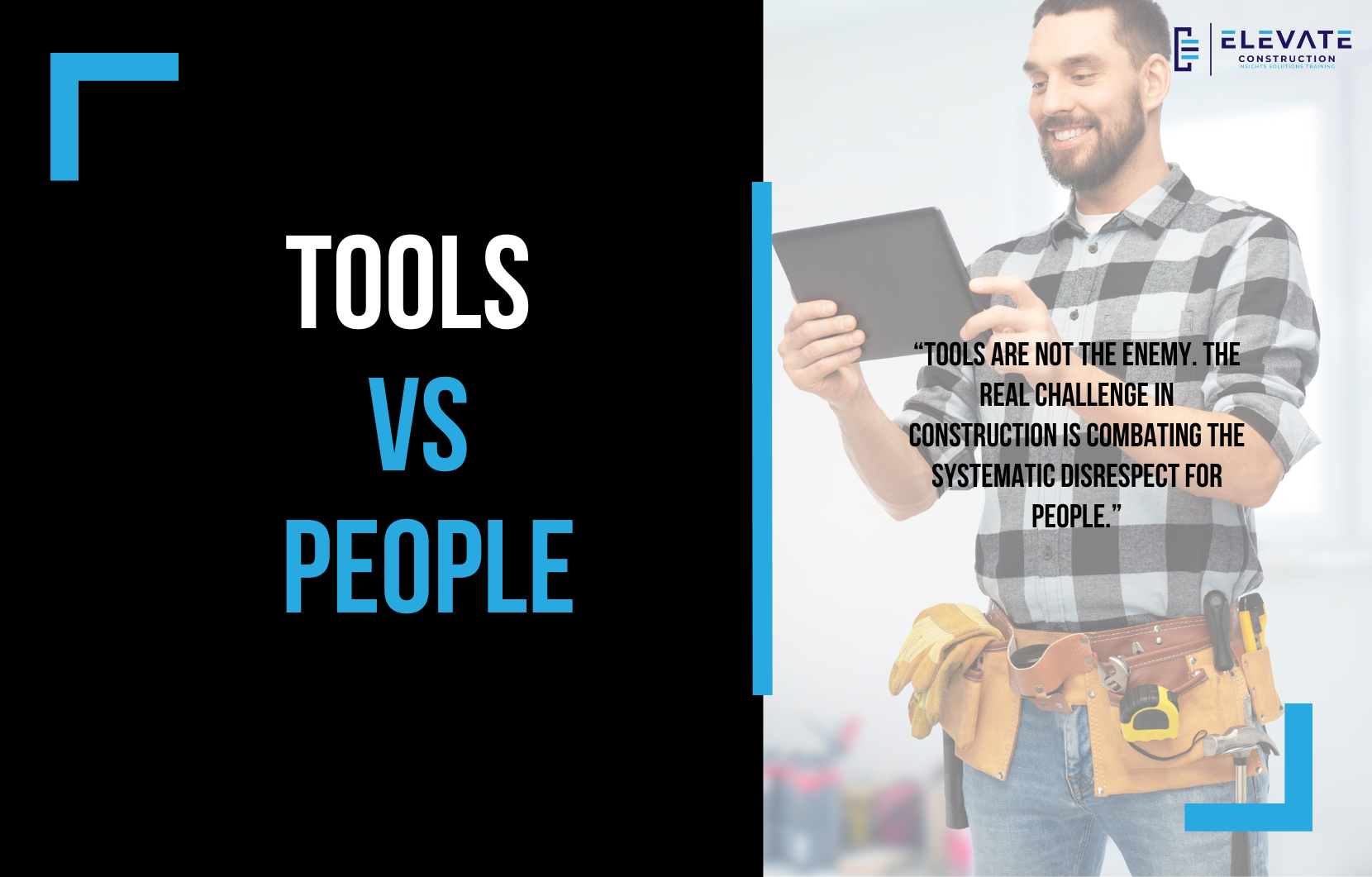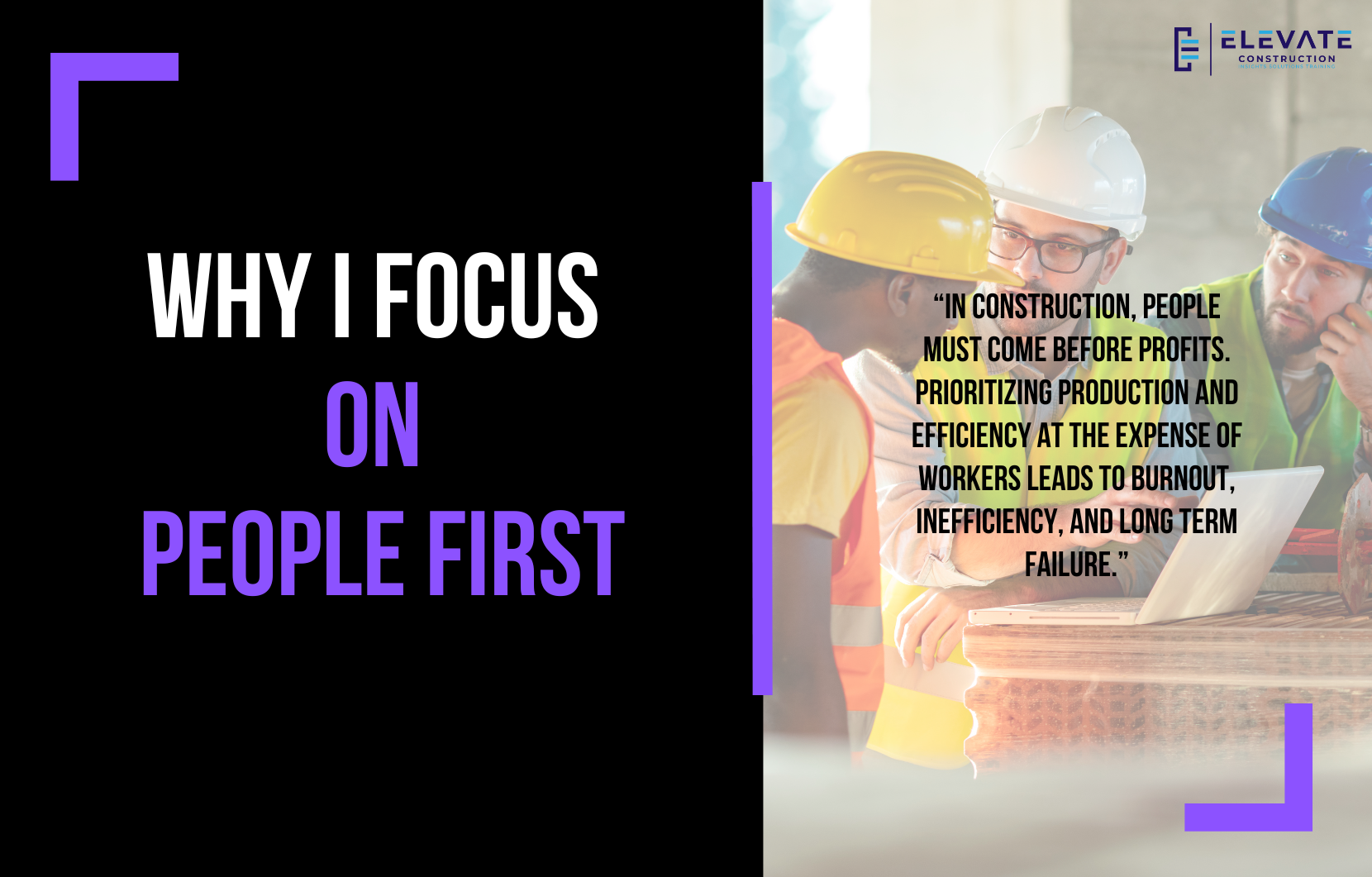Learning from the River of Waste
Recently, I had the privilege of sitting down with my mentor, Hal Makeover. Every time I talk with Hal, I walk away with insights that shift how I see construction, leadership, and even life itself. This time, I brought him three questions that had been on my mind: understanding the river of waste, applying design-to-work package principles, and rethinking drywall in multifamily projects.
Understanding the River of Waste
The first topic we explored was the river of waste. I had always thought this concept was tied to resources, but Hal clarified that it is really about inventory and work in progress. He explained that inventory acts like water in a river. The water hides the rocks beneath the surface, which represent problems, constraints, and waste. When the water level is high, everything looks smooth. But as you lower the water, by limiting work in progress, the rocks become visible. Only then can you deal with the real issues instead of covering them up.
Muri, Mura, and Muda
Hal also reminded me of the three Japanese lean terms that guide improvement: Muri, which means overburden, Mura, which means variation, and Muda, which means waste. In lean thinking, you do not begin by eliminating waste. Instead, you first address overburden, then reduce variation, and only then tackle waste. This sequence ensures that the system is not simply patched but truly optimized.
As I reflected on our conversation, I realized that our own implementation of Takt planning had naturally followed this sequence. We had been focusing first on removing overburden by dealing with constraints that affected crews and equipment. Then we had moved toward reducing unevenness, and only later did we address waste. Hearing Hal confirm the importance of this order was a breakthrough moment for me.
Asking Better Questions
Another point Hal made stood out powerfully. He reminded me that sometimes we spend time improving processes we should not even be doing in the first place. That hit home. In construction, it is common to add fixes, technology, or “better methods” without first questioning if the task itself belongs at all. His perspective challenged me to step back, ask the right questions, and focus on removing what does not need to be there in the first place.
The Value of Mentorship
Conversations like this remind me that real growth comes from slowing down, asking better questions, and having the humility to learn from those who have walked the path before. Mentors like Hal provide clarity that helps me see not just how to work smarter, but how to think differently about the work itself.
Key Takeaway
Limiting work in progress exposes hidden problems, but true improvement starts with removing overburden, then reducing variation, and only then eliminating waste. The order matters if we want lasting results.
If you want to learn more we have:
-Takt Virtual Training: (Click here)
-Check out our YouTube channel for more info: (Click here)
-Listen to the Elevate Construction podcast: (Click here)
-Check out our training programs and certifications: (Click here)
-The Takt Book: (Click here)
Discover Jason’s Expertise:
Meet Jason Schroeder, the driving force behind Elevate Construction IST. As the company’s owner and principal consultant, he’s dedicated to taking construction to new heights. With a wealth of industry experience, he’s crafted the Field Engineer Boot Camp and Superintendent Boot Camp – intensive training programs engineered to cultivate top-tier leaders capable of steering their teams towards success. Jason’s vision? To expand his training initiatives across the nation, empowering construction firms to soar to unprecedented levels of excellence.
On we go










 Production increased
Production increased